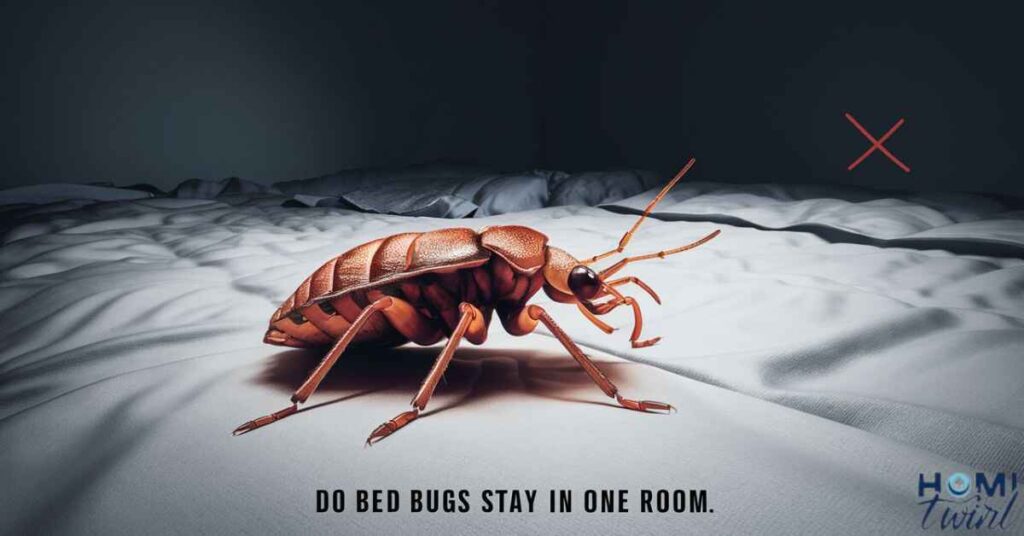Bed bugs, tiny insects that hide in beds and furniture, often move from one room to another. They don’t stay in just one place. Bed bugs can crawl quickly and even hitch a ride on people’s clothes or belongings.
This means if you find them in one room, they might spread to other rooms in your home. They can also travel from one house to another. Bed bugs are tricky to spot because they hide well and multiply fast.
To keep them from spreading, it’s important to act quickly and use methods like vacuuming and sealing cracks.
Do Bed Bugs Really Stay Contained In One Room?
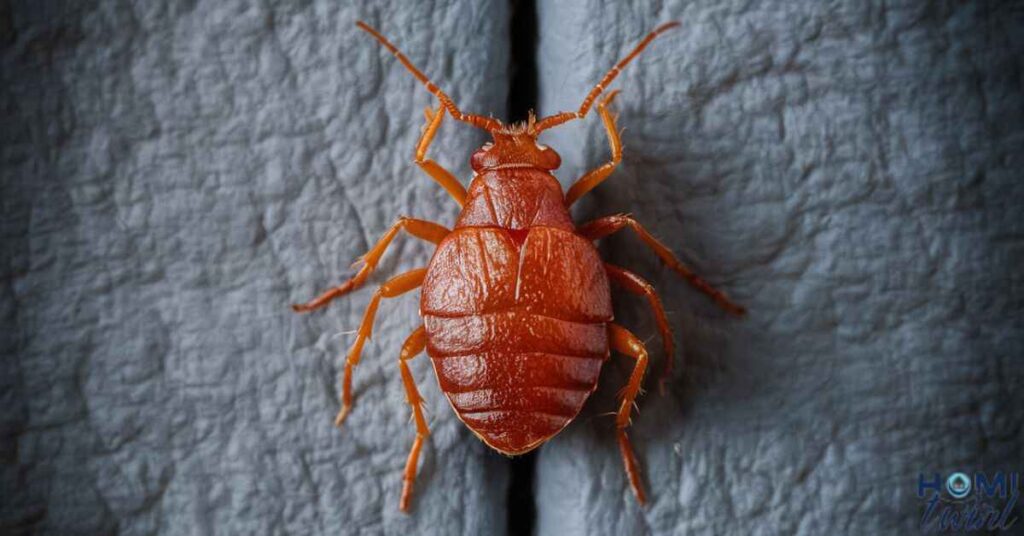
It’s a common misconception that a bed bug infestation will remain isolated to just one room of your home. Unfortunately, the truth is far more unsettling. These stealthy pests are experts at spreading, and they rarely stay put in a single location. In this article, we’ll explore the alarming mobility of bed bugs and what you can do to prevent them from turning your entire home into their personal buffet.
Read This Blog: HOW FAST DO BED BUGS SPREAD FROM ROOM TO ROOM
How Fast Do Bedbugs Spread From Room to Room?
While bed bugs may not be able to fly or jump, their ability to crawl and hitchhike makes them incredibly efficient at dispersal. These pests can move up to 4 feet per minute, allowing an infestation to spread rapidly throughout a home or even between apartments.
But their speed is just one part of the equation. A single bed bug can lay up to 500 eggs in its lifetime, and those eggs can hatch in as little as 6 days. This means that even a small, isolated infestation can quickly spiral out of control, leading to bed bug populations spilling over into adjacent rooms.
How Do Bed Bugs Move From One Room to the Next?
There are two primary ways that bed bugs migrate from one room to another.
They Attach Themselves to a Person
One of the most common ways bed bugs spread is by hitching a ride on unsuspecting humans. If you sit or sleep in an infested area, these pests can easily crawl onto your clothing or shoes. When you then move to another room, the bed bugs can simply crawl off and establish a new infestation site.
This is why it’s generally inadvisable to try and “escape” bed bugs by moving to a different room or home. More often than not, you’ll end up spreading the infestation further rather than containing it.
They Escape From Vacuum Bags
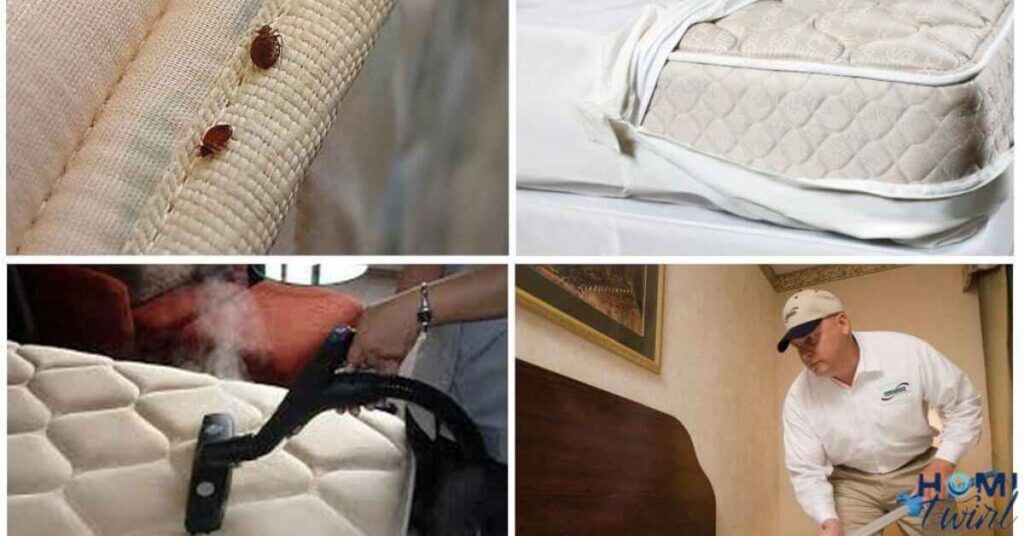
Vacuuming is a popular DIY method for removing bed bugs, but it’s not as effective as you might think. Standard vacuum bags are not designed to contain live bed bugs, so any bugs or eggs that get sucked up can easily escape and start a new infestation elsewhere in your home.
To avoid this, you’ll need to carefully seal and dispose of vacuum bags immediately after use. Better yet, invest in a vacuum specifically designed for bed bug removal, which will have better containment features.
Why Is It Hard To Keep Bed Bugs in One Room?
Even if you try your best to isolate a bed bug infestation, these pests have several tricks up their sleeves that make successful containment extremely difficult.
They Crawl Through Small Cracks
Bed bugs are experts at squeezing through the smallest of crevices, which makes physical barriers nearly useless against them. Even a crack as thin as the edge of a credit card can provide enough space for these tiny pests to crawl from one room to the next.
Also Read This Blog: DO BED BUGS LIKE COLD ROOMS
They Are Hard To Detect
Another major challenge in containing bed bugs is simply detecting their presence in the first place. These insects are experts at hiding, often going unnoticed until an infestation is well-established. By the time you realize you have a problem, the bed bugs may have already spread throughout multiple rooms.
They Multiply Fast
As mentioned earlier, bed bugs reproduce at an alarmingly fast rate. A single female can lay up to 500 eggs in her lifetime, and those eggs can hatch in just over a week. This rapid population growth makes it nearly impossible to stay ahead of an infestation, as the bed bug numbers can quickly outgrow the confines of a single room.
They Are Expert Hitchhikers
In addition to crawling from room to room, bed bugs can also spread by hitching rides on items like luggage, furniture, and even books or electronics. If you unknowingly move any infested items from one room to another, you’ll likely be transporting bed bugs as well.
How Do You Keep Bed Bugs From Moving to Another Room?
While containing bed bugs to a single room is an uphill battle, there are several steps you can take to slow their spread and increase your chances of successful treatment.
Killing and Removing Them
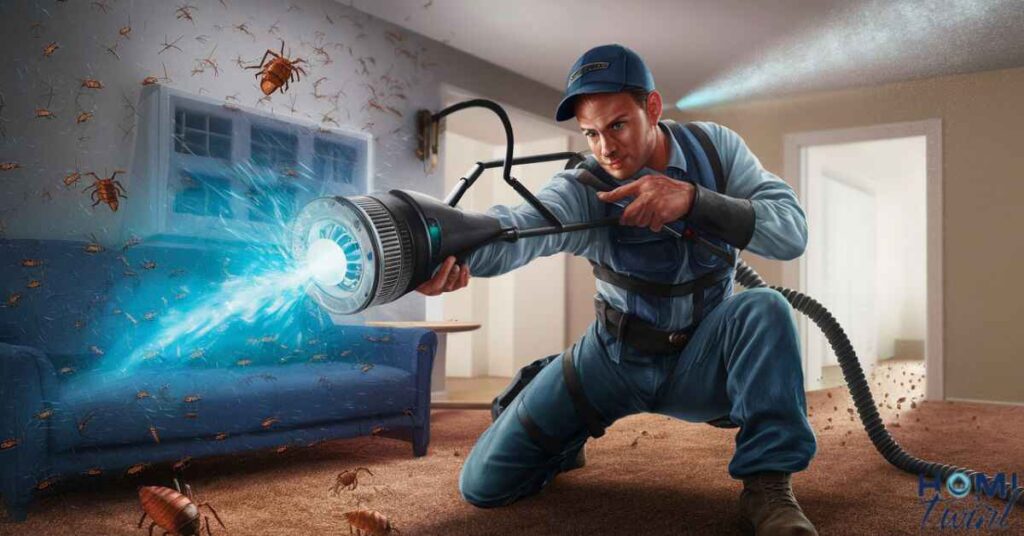
The most obvious solution is to actively work on eliminating the existing bed bug population as soon as possible. This can involve a combination of methods such as:
- Heat treatments
- Pesticide application
- Diatomaceous earth
- Vacuuming (with proper bag disposal)
By reducing the overall number of bed bugs, you’ll make it easier to manage any spread that does occur.
Using Plastic Encasements
Since bed bugs can’t chew through plastic, using plastic encasement covers on mattresses and box springs can help contain any bugs that are already present in a room. Just be sure to carefully inspect and clean these encasements regularly to prevent any escapees.
Vacuuming
While vacuuming alone won’t solve a bed bug problem, it can be an effective way to remove bugs and eggs from crevices and folds in furniture or bedding. Just be sure to seal and dispose of vacuum bags properly after each use.
Using Bed Bug Interceptors
Bed bug interceptors are devices that you place under the legs of beds and furniture. They create a physical barrier that traps any bed bugs attempting to climb up or down, preventing them from spreading to or from that piece of furniture.
Sealing Cracks
Since bed bugs can easily crawl through even the smallest of cracks, sealing up any crevices or gaps in walls, floors, and baseboards can help limit their ability to spread between rooms.
Washing Laundry in Hot Water
Washing any infested clothing or bedding in hot water (at least 120°F) can kill bed bugs and their eggs, stopping them from spreading via these items.
Restricting Movement
One of the best ways to contain bed bugs is simply to limit any unnecessary movement in or out of infested areas. The less you disturb these pests or move potentially infested items around, the lower the risk of spreading the infestation further.
Hire a Professional Bed Bug Exterminator Near You
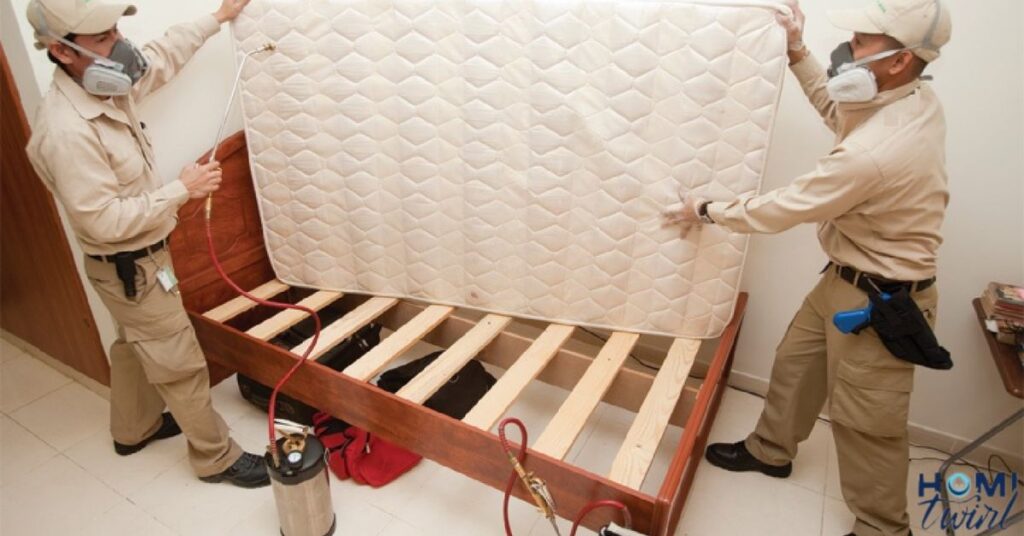
Despite your best efforts, sometimes a bed bug infestation can spiral out of control. When this happens, it’s best to call in reinforcements from a professional exterminator. Not only do they have access to more powerful treatment methods, but their expertise is invaluable for ensuring complete eradication and preventing future infestations.
To find a reliable bed bug exterminator in your area, consider using a service like GoTreeQuotes.com. This free online tool quickly matches you with top-rated local professionals and provides upfront pricing, so you can make an informed decision.
Here’s how it works.
- Enter your zip code at the top of their website
- Answer a few questions about your bed bug problem
- Receive free quotes from three local bed bug experts
- Compare pricing and customer reviews to pick the best option
Using GoTreeQuotes ensures you’ll only hire a certified professional with experience in effective bed bug control and prevention strategies.
Frequently Asked Question
How fast do bed bugs spread between rooms?
Bed bugs spread rapidly as they can attach to clothing or items, moving at a speed of about 4 feet per minute.
Why is it hard to contain bed bugs in one room?
Bed bugs are adept at crawling through small cracks and multiply quickly, making them difficult to confine.
Can bed bugs travel with people?
Yes, bed bugs can hitchhike on clothing or luggage, allowing them to move to new locations with ease.
What are effective methods to prevent bed bug spread?
Using plastic encasements, vacuuming regularly, and sealing cracks can help limit bed bug movement.
Do vacuuming and steaming help control bed bugs?
Yes, vacuuming and steaming are effective methods to reduce the bed bug population in your home.
Can bed bug interceptors prevent infestations?
Yes, bed bug interceptors installed on furniture legs can trap bed bugs and limit their mobility.
Why should I hire a professional bed bug exterminator?
Professional exterminators have the expertise and tools to effectively eliminate bed bug infestations and prevent their return.
Conclusion
While no homeowner wants to deal with a bed bug infestation, the reality is that these pests rarely stay isolated in a single room. Their ability to spread rapidly, both by crawling and hitching rides on people or objects, makes containing an infestation extremely challenging.
However, by acting quickly, using proper containment methods, and potentially seeking professional help, you can increase your chances of getting ahead of a bed bug problem before it takes over your entire home. Don’t make the mistake of thinking one room is enough – these mobile pests require a full-home treatment approach.

